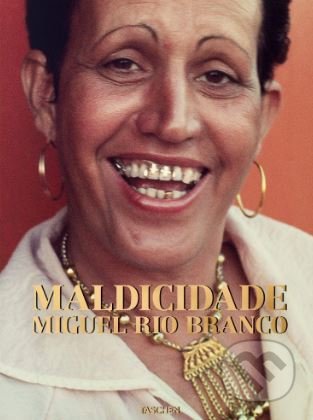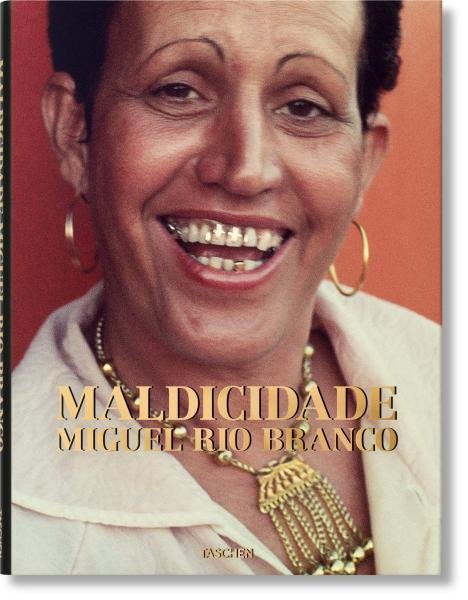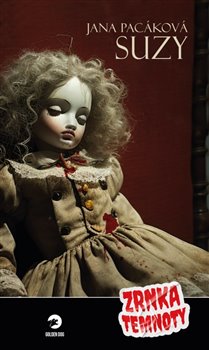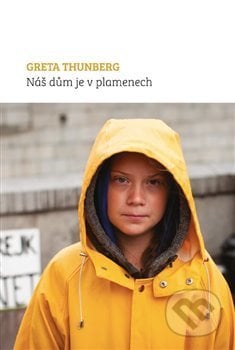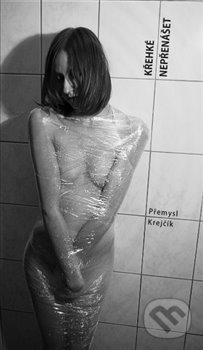
: Maldicidade
Knihu koupíte v
2 e-shopech
od
1 375 Kč
Pokud se vám po kliknutí na tlačítko "Do obchodu" nezobrazí stránka knihy ve vybraném e-shopu, je třeba vypnout AdBlock ve vašem prohlížeči pro naši stránku.
Návod na vypnutí je například na adrese https://o.seznam.cz/jak-vypnout-adblock/#1.
Krátký popis
Miguel Rio Branco unites more than four decades of work across
several major cities into one astonishing poetic statement on urban
life. Eschewing city landmarks or aspirational ideals, Rio Branco
turns his lens to common threads of struggle in metropolises around
the globe. Maldicidade is a collection in which all urban dwellers
will find something of themselves, or something they long to
escape. In Maldicidade, the city never sleeps. By dawn or dusk, in
New York, Havana, Salvador da Bahia, or Tokyo, it is an environment
fraught with yearning, aching with solitude, and fretful with
fortunes never made. This searing urban portrait from visual artist
Miguel Rio Branco draws upon his itinerant early years as the son
of diplomats to reveal the common threads of struggle and
loneliness in metropolises around the world.The images are
impeccably captured, but the pictures are not always pretty. Rio
Branco is not interested in documenting historic city landmarks, an
impressive skyline, or the aspirational dreams that soar up towards
it. Instead, he focuses his camera on the city’s refuse and
margins—on that which it has thrown away and on those it has cast
aside and disappointed. In stark frames or soft impressions, it is
street sleepers, beggars, prostitutes, stray dogs, smashed cars,
and shattered glass that characterize his urban impressions. While
subtle details reveal the specificity of place, it is the
commonality of urban experience at the heart of Rio Branco’s
project. Light on local context or explanatory narrative, the
images are instead meticulously arranged into one redolent sequence
of a universal city. Working as if in the cutting studio, Rio
Branco excels in the rhythm and succession of pictures, crafting
evocative patterns of motif (decrepit buildings, lone figures,
smashed-up cars); color (rich reds, dusty pinks, stark whites and
blues); and form (an anguished street sleeper beside an ecstatic
statue of a saint). Throughout, occasional pictures of women are
proffered as sensual, hopeful reprieve, interspersing the grit and
the grime in commanding portraits or up-close, supple nudes. At
once incisive in its message and lyrical in its arrangement,
Maldicidade focuses attention on the city’s ineludible magnetism,
as much as on its alienation and inhumanity. Biting, bare-faced,
and achingly beautiful, it is a collection in which all city
dwellers will find something of themselves, or something they long
to escape. The photographer Born in Las Palmas, Spain, Miguel Rio
Branco is a Brazilian and French photographer, painter, filmmaker,
and multimedia artist based in Araras, Rio de Janeiro. His work is
featured in leading museum collections around the world including
the MoMA, the Metropolitan Museum of Art, and the Centre Pompidou,
and has been exhibited at the Peggy Guggenheim Museum, Venice; the
Biennial of São Paulo; and Aperture Foundation in New York, among
others. Rio Branco’s awards and prizes include the Prix du Livre
Photo at the Rencontres Internationales de la Photographie in
Arles, the Prix Kodak de la Critique Photographique, as well as the
International Critics’ Award at the 1982 Lille Documentary
Festival. The contributing author Paulo Herkenhoff is an
independent curator and critic. From 2003–2006, he was director of
the Museu Nacional de Belas Artes, Rio de Janeiro. Previously
Herkenhoff was adjunct curator in the Department of Painting and
Sculpture at the New York Museum of Modern Art, and chief curator
of Museu de Arte Moderna do Rio de Janeiro. He was also artistic
director of the 24th São Paulo Biennale and curated the Brazilian
Pavilion at the 47th Venice Biennale. Herkenhoff has published
texts on artists such as Raul Mourão, Guillermo Kuitca, Rebecca
Horn, Julião Sarmento, and Louise Bourgeois. He lives and works in
Rio de Janeiro.
Vývoj ceny
Aktuální Ø cena knihy : Maldicidade je 1 482 Kč
Výběr knih vydavatele
Taschen
Zobrazit všechny knihy vydavatele
Taschen
Naše tipy
- Právě probíhající akce a slevy na knihy
-
Knihydobrovsky.cz | do 12.12.2025
-
Knihydobrovsky.cz | do 17.12.2025
-
Knihydobrovsky.cz | do 24.12.2025
-
Knihydobrovsky.cz | do 24.12.2025
-
Bookshop.cz | do 31.12.2025
- zobrazit všechny akce
